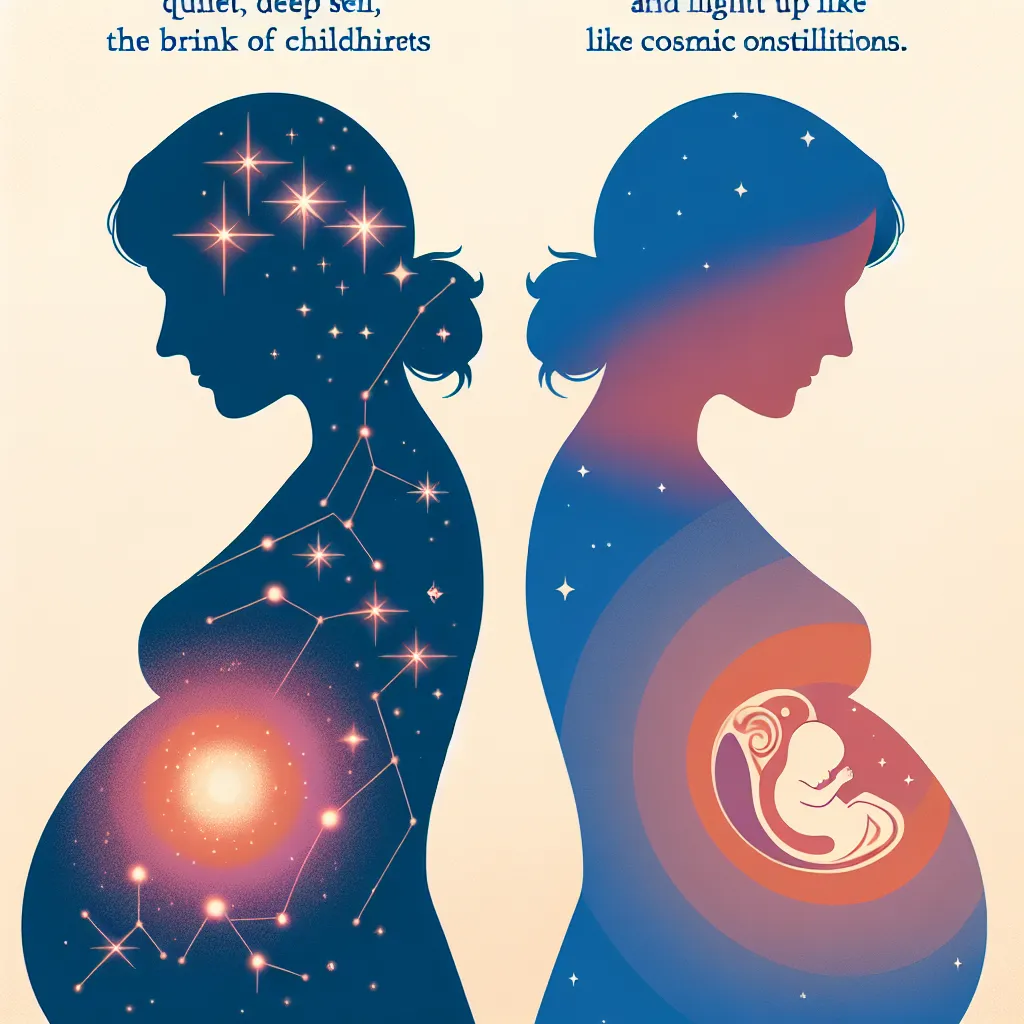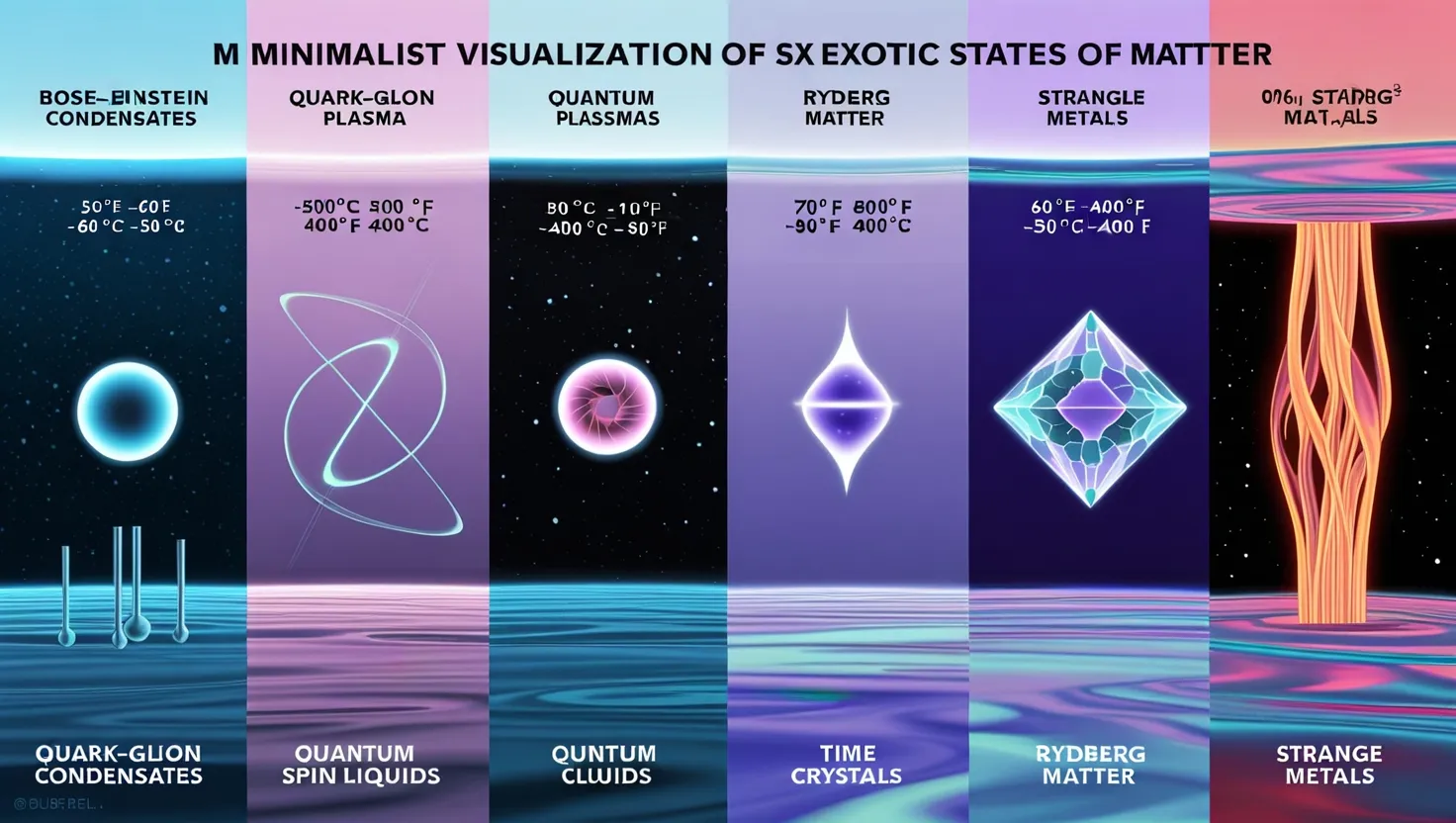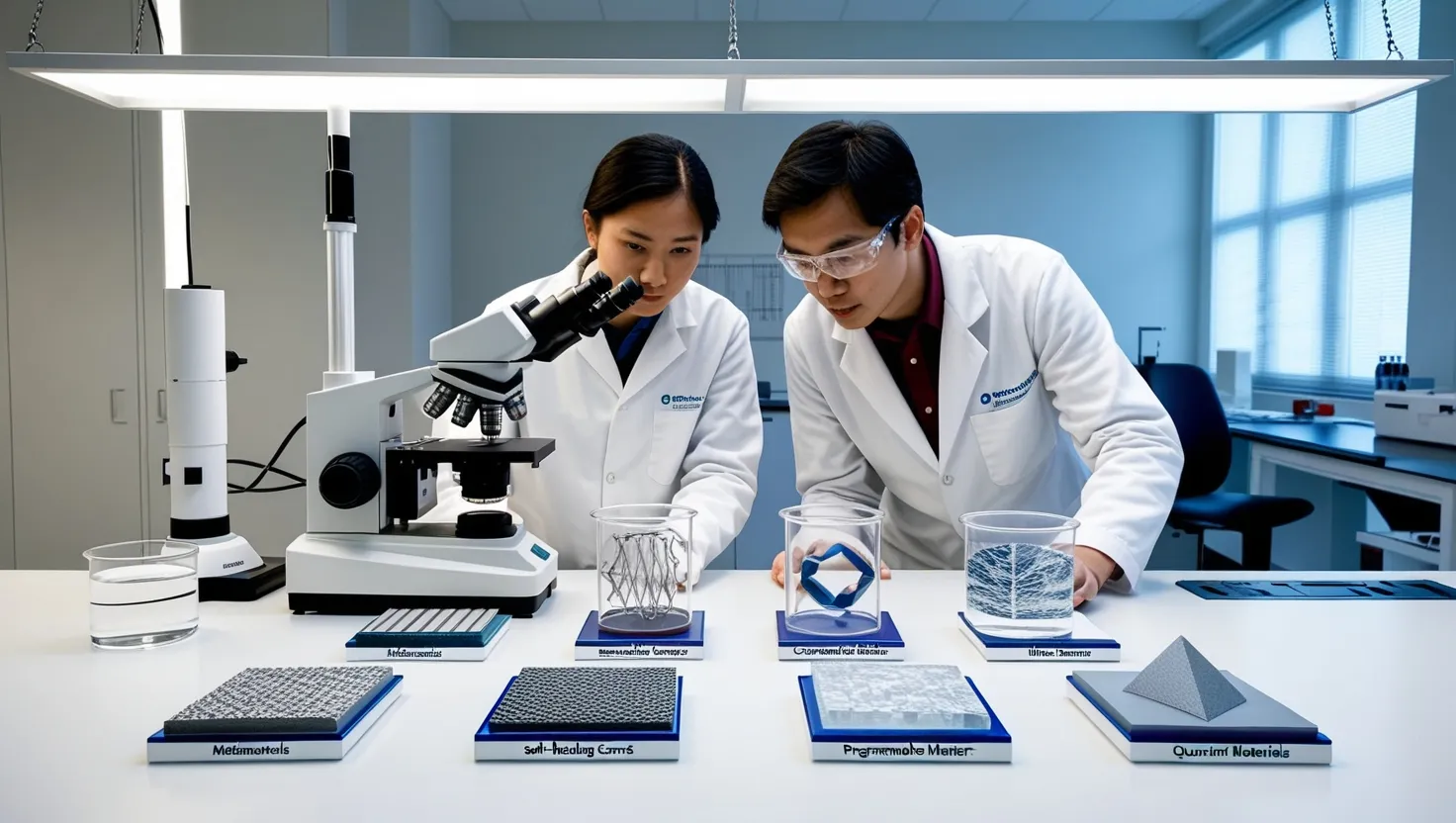Hey, I’m Nigel, and welcome to “Nigel Goes to Space.” One of the coolest things about heading to space, which I’ll do in a few years, is the weightlessness. Floating around the spaceship with fellow passengers, gazing down at Earth from way above—it’s surreal.
As part of my astronaut training, I’ve already experienced weightlessness on Earth. I’ve got my flight suit on display, and there’s a fun story behind my upside-down name tag, but more on that later. You might wonder, how can we train for weightlessness on Earth? After all, we can’t escape Earth’s gravity entirely; even astronauts on the Moon still felt its pull.
Here’s a little gravity 101. Isaac Newton’s famous apple proved that gravity pulls everything down in a curved path called a parabola. If you toss a little spaceman and an apple into the air simultaneously, the spaceman would float above the apple, experiencing weightlessness, just like I did during my training.
My weightless training took place on a special airplane nicknamed the “vomit comet”—a Boeing 727 adapted for this purpose. The name comes from the motion sickness some people experience during the flight, but don’t worry, they provide sickness bags just in case.
From the outside, the plane looks like any regular commercial aircraft. You board with a boarding pass, strap in for takeoff, and chat with other passengers. On my flight, I sat next to El Salvador’s only astronaut, a brain surgeon. Once we reached 24,000 feet, the real fun began.
In the front part of the plane, padded everywhere, we experienced different levels of gravity starting with Mars, which has one-third of Earth’s gravity. This allowed us to push off and float lightly around the cabin.
During each loop of the flight, gravity changed. At the top, you’d feel weightless, and at the bottom, nearly twice as heavy as normal—like a wild roller coaster. They warned us to keep looking straight during the high-gravity phases to avoid getting sick.
We also got to experience Moon gravity, which is one-sixth of Earth’s gravity. It made me appreciate how the Apollo astronauts managed to walk on the Moon without floating away, thanks to their heavy space suits.
Finally, we hit true weightlessness. For 12 loops of 30 seconds each, we floated around like magicians. It’s a wild sensation, realizing there is no floor, ceiling, or walls—just space. Swimming motions don’t help either; they told us not to try swimming because you’ll just flail around.
Over time, you get better at controlling yourself. You can walk up walls, do somersaults, and play with floating drops of water. The experience is magical yet challenging, especially when trying to navigate yourself back to a surface.
For a grand finale, we pretended to fly like Superman, stretching out our hands and pushing off to soar through the cabin. When the plane landed, we received an “initiation” ceremony where upside-down name tags were turned right-side-up, signifying our venture into weightlessness.
My flight suit, silver socks, and certificate are awesome souvenirs from this venture. And guess what? You don’t have to be an astronaut to experience it. These weightless flights are available worldwide, with some offering unique experiences like zero-gravity weddings.
So, if you’ve got any questions about space travel, weightlessness, or astronomy, hit me up.






